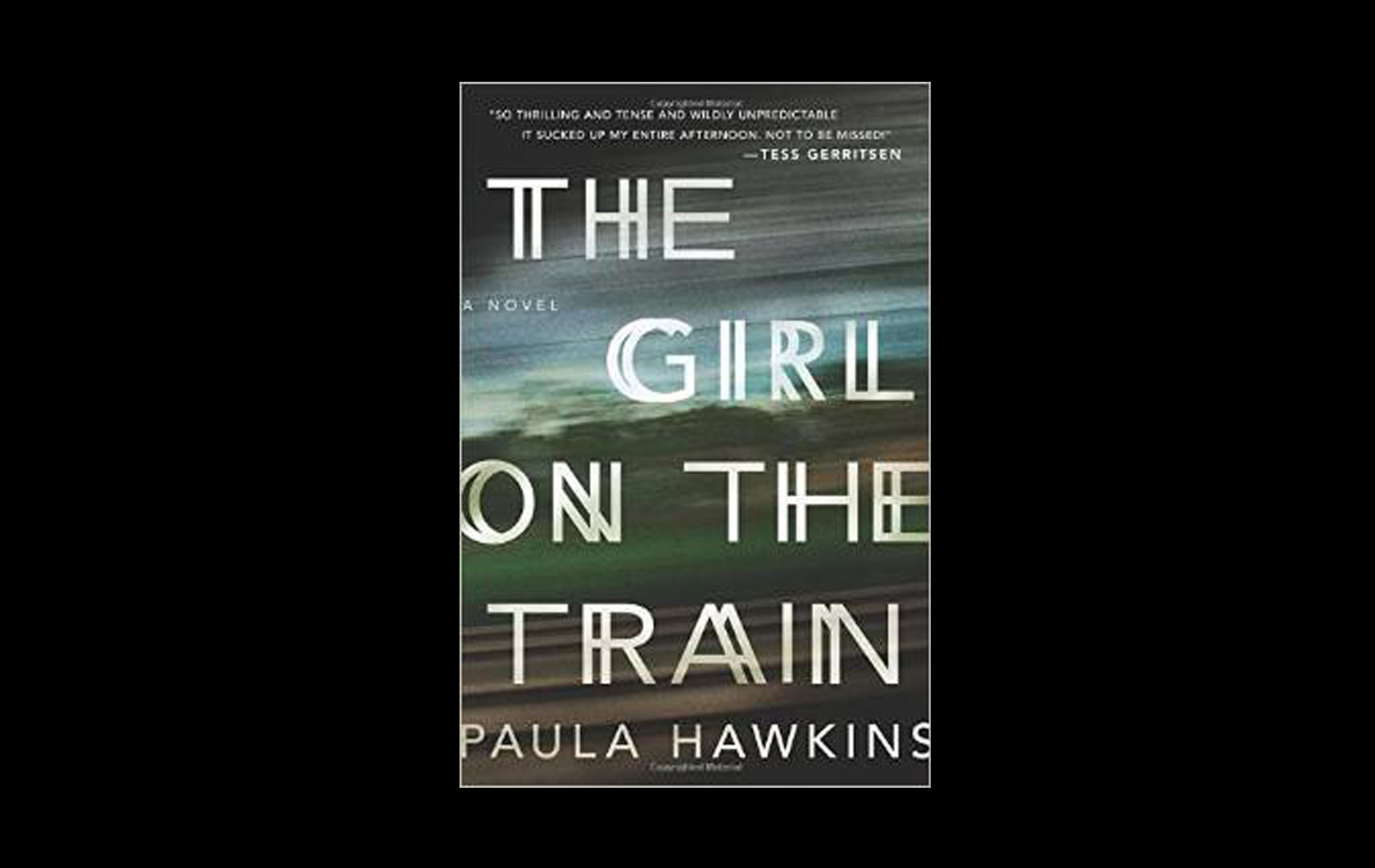Unreliable narrators and a roving setting lend this new thriller the makings of a sensational release.
by Kaylen Ralph
In Alfred Hitchcock’s 1954 mystery thriller Rear Window, Grace Kelly tells Jimmy Stewart she doesn’t know much about “rear window ethics,” whether intervening in someone else’s discreetly observed affairs is moral. Sixty years later, Paula Hawkins’ The Girl on the Train proves that our collective appetite for working through this issue is as voracious as ever, especially in entertainment form.
The Girl on the Train has been constantly compared to the 2012 runaway hit Gone Girl.For the majority of that book, we’re in step with Amy Dunne as she executes her dastardly plan to bring down her husband, Nick. But the narrator(s) in Hawkin’s book are unreliable. As they work through the mistrust they have in themselves, we’re left wondering whether we’re being intentionally tricked or if the character’s own memory is flawed.
The main character, Rachel, is an alcoholic, the kind who gets drunk on the train ride home from work and wakes up in the morning, not sure how she got there or what she did the night before. When we meet her, she’s on the train that will serve as the primary setting throughout the book, looking out the window as her old home, one in a row of modest duplexes, passes by. She’s developed an interest in the couple who’s moved in a few doors down from her old home, and she assuages her broken heart (she’s lost her home as well as the man who went with it) by fantasizing about her coulda-been, shoulda-been neighbors and the cozy, perfect life they would have lived.
The Girl on the Train has all of the components of a best-selling success. There’s sex, infidelity, deceit, mystery and perception play. The perceptions being manipulated aren’t only the characters’—the reader’s is toyed with, as well.
While the storyline is consistently engaging, Hawkin’s mastery lies in her ability to fuel the fire of our fluctuating relationship with Rachel (as well as the other narrators). We’re sympathetic to her failed marriage and destroyed career. Her husband did cheat on her, after all. But as different perspectives are layered and layered over others, we begin to doubt our initial impressions. For better or worse, when it’s revealed that Rachel’s drinking contributed to the demise of her marriage, we question our sympathy for her. None of the characters like themselves, which makes it hard for the reader to like them, or, at the very least, to believe their accounts of what happens when the neighbor woman goes missing.
Without giving anything away, suffice it to say that women control the story’s progression, if not its events. Women simultaneously exacerbate and solve the mystery as they reveal more about their dark pasts or remember more details from nights gone dark. If the women’s perceptions are a puzzle to solve—the missing pieces a frustrating but intriguing challenge—the men’s are blind spots, meant to confuse.
Perception has always been paramount in Hitchcock-esque feats of entertainment. Hawkin’s ability to elevate that cinematic quality to the page is an exciting leap for a genre that appears to be around to stay.
[hr style=”striped”]
Kaylen is one of The Riveter’s co-founders and the EIC. She moved to Minneapolis, MN after graduating from the Missouri School of Journalism in August 2013. In addition to her editorial duties at The Riveter, Kaylen also works as a freelance researcher for The Sager Group. You can follow her on Instagram and Twitter at @kaylenralph.




